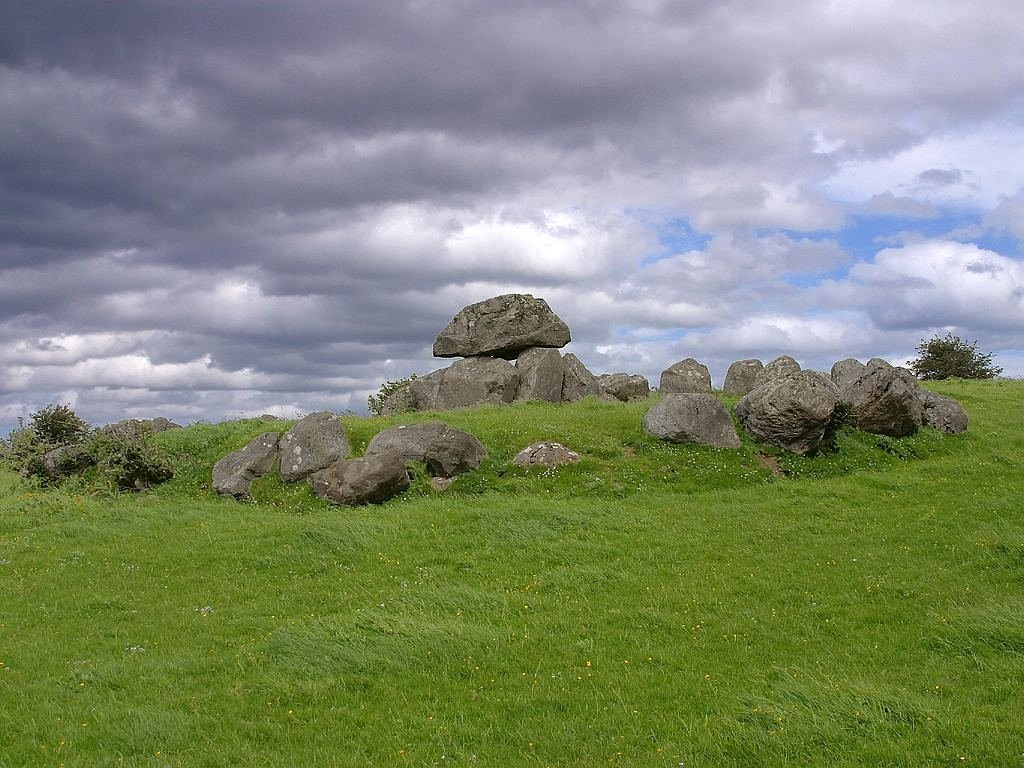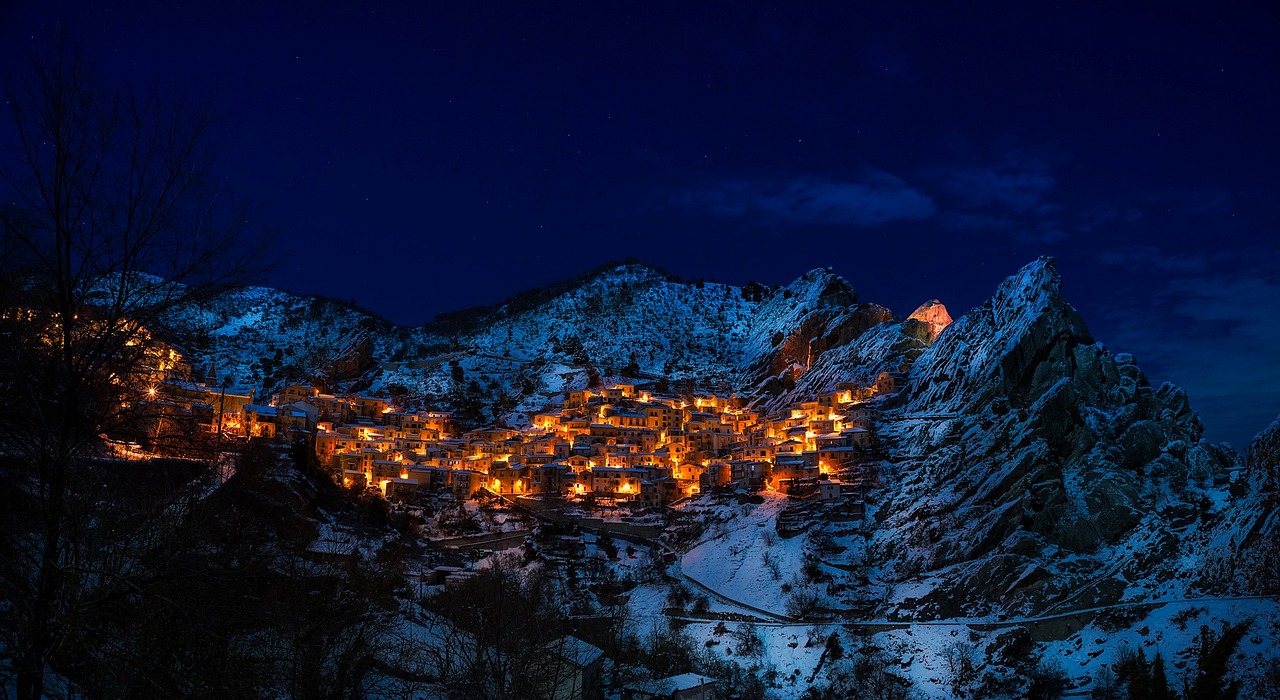In a land often associated with vibrant landscapes and rich cultural heritage, lies a hidden gem that whispers tales of ancient civilizations and their burial rituals. The Dolmens of Bulgaria, these stoic stone tombs, stand as silent sentinels of a bygone era.
With an air of irony, these humble structures, tucked away near the village of Hlyabovo, bear witness to a time when monumental tomb architecture was still in its infancy. Dating back to the 12th to 6th century BC, these single or dual-chambered rooms were crafted with precision and purpose, reserved for individuals of esteemed social standing. They served as final resting places for the ancient Thracians, who adorned them with mounds of soil and stones as a mark of reverence.
Today, these dolmens, declared a natural landmark, beckon the curious traveler to explore their secrets and unravel the mysteries of Bulgaria’s megalithic culture. To embark on this journey of discovery, one must simply visit the tourist information center in Haskovo, easily accessible from Topolovgrad.
The Dolmens of Bulgaria await, offering a glimpse into a world that once was, where freedom and history intertwine.
Key Takeaways
- The Dolmens are the first representatives of the monumental tomb architecture in Bulgaria.
- They were built between the 12th and 6th century BC and were used as tombs for people with high social status.
- The Dolmen near Hlyabovo is the largest one in Bulgaria and dates back to the early Iron Age.
- The dolmens near Hlyabovo were declared a natural landmark in 1964, and they are a significant part of Bulgarian history and culture.
What are dolmens?
Dolmens, as evidenced by the dolmens near Hlyabovo in Bulgaria, are monumental tombs constructed with stone blocks, often with single or dual-chamber rooms, that were primarily used for the burial of individuals of high social status during the early Iron Age.
These architectural features, characterized by their massive stone construction, exemplify the megalithic culture of the time. The dolmens near Hlyabovo are the largest in Bulgaria and have great cultural significance. They serve as a testament to the ancient Thracians’ beliefs and burial practices.
The dolmens were built between the 12th and 6th century BC and were accompanied by small mounds of soil and stones after a funeral. Declared a natural landmark in 1964, these dolmens provide valuable insights into the funerary customs and societal structures of the past.
Historical significance
With their enduring legacy and cultural significance, these majestic structures provide a captivating glimpse into Bulgaria’s rich historical tapestry. The dolmens, as ancient stone tombs, hold immense archaeological importance in understanding the prehistoric societies that inhabited the region. These monumental structures, built between the 12th and 6th century BC, were primarily used as burial sites for individuals of high social status. They signify the megalithic culture that thrived in Bulgaria during that period.
The dolmens near Hlyabovo, specifically, are the largest in Bulgaria and have been declared a natural landmark since 1964. Similar monuments can also be found in other parts of Bulgaria, further emphasizing their cultural significance. These dolmens are a testament to the ancient Thracian civilization and their burial practices, leaving a lasting impact on Bulgaria’s historical and archaeological heritage.
How to visit
To visit these historical structures, individuals can follow the road from Topolovgrad to Harmanli and locate the Dolmen near Hlyabovo, which is situated approximately 100 meters from the main road. The Dolmen is easily accessible and can be reached by both private and public transportation.
There are no specific restrictions or requirements for visiting the dolmens, and tourists are free to explore and appreciate their architectural and historical significance. Guided tours are also available for those who prefer a more structured and informative experience. These tours provide in-depth information about the dolmens, their construction, and their cultural importance.
Visitors can learn about the ancient Thracians and their burial practices as they explore these fascinating megalithic tombs.
Frequently Asked Questions
How were dolmens constructed and what materials were used?
Dolmens were constructed using a technique akin to a master craftsman carefully assembling a puzzle, with precision and care. These ancient stone tombs were built with massive stone blocks, carefully arranged to create single or dual-chamber rooms.
What is the cultural and religious significance of dolmens to the ancient Thracians?
The cultural and religious significance of dolmens to the ancient Thracians is evidenced by their use as tombs for individuals of high social status. Dolmens were an integral part of Thracian burial practices and represented a connection between the living and the dead.
Are there any unique or interesting features of the dolmens near Hlyabovo that set them apart from other dolmens in Bulgaria?
The dolmens near Hlyabovo in Bulgaria have unique architecture and hold historical significance. They are the largest in Bulgaria and date back to the early Iron Age. These monumental stone tombs were built for individuals of high social status.
Are there any specific rituals or burial practices associated with dolmens?
Dolmen rituals and burial practices offer insights into ancient traditions. These stone tombs were used for individuals of high social status. Rituals included placing mounds of soil and stones on dolmens after funeral ceremonies.
Is there any ongoing research or archaeological discoveries related to dolmens in Bulgaria?
Current archaeological research on dolmens in Bulgaria has led to recent discoveries regarding these ancient stone tombs. Researchers have uncovered new dolmen sites, analyzed their construction techniques, and studied the burial practices associated with them, shedding light on the cultural and historical significance of these monuments.












